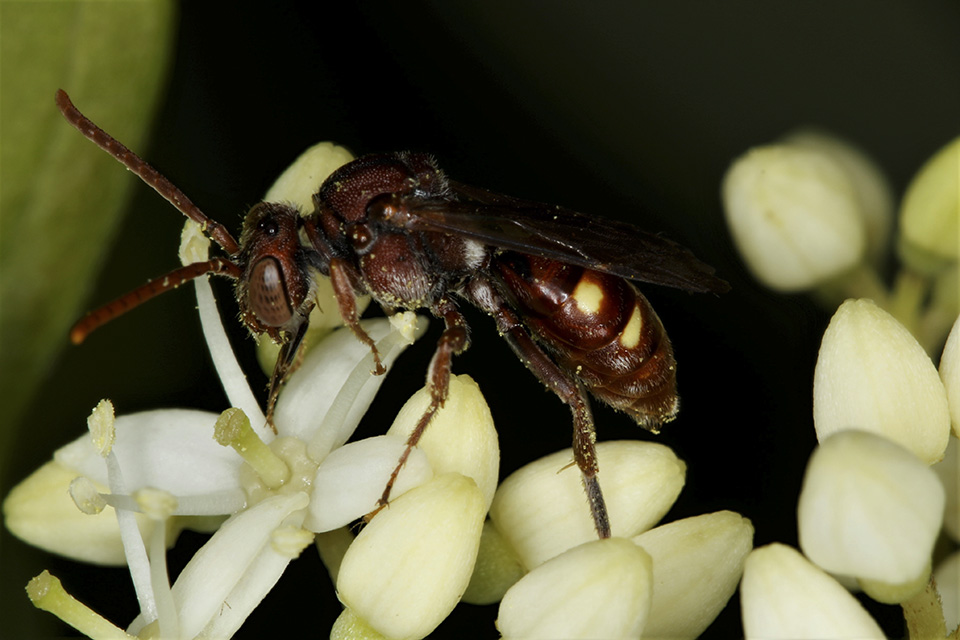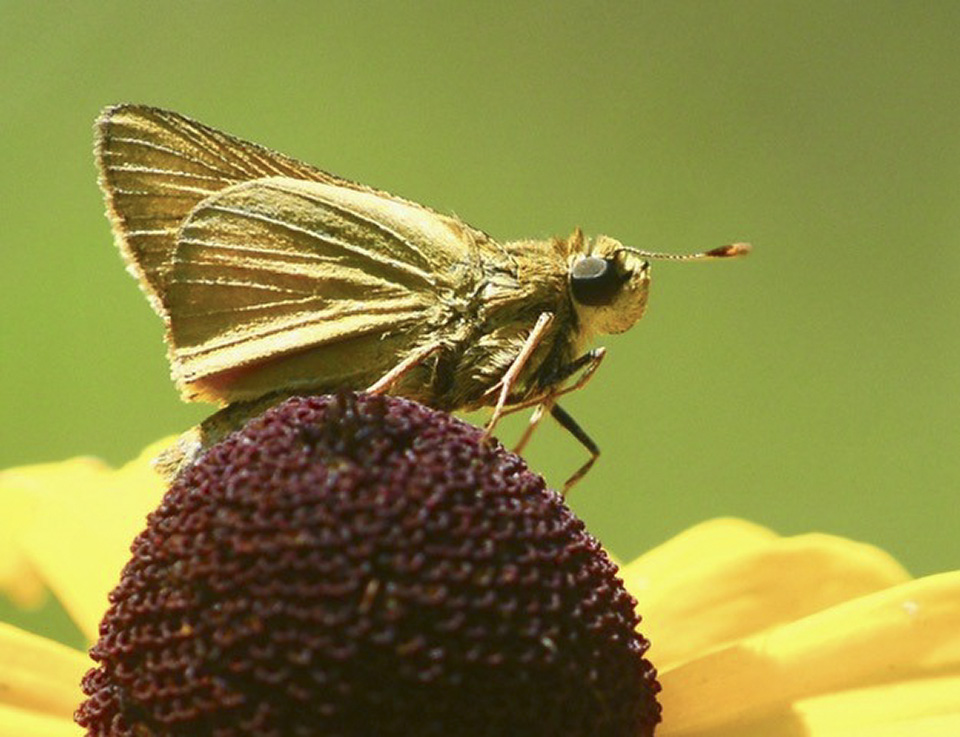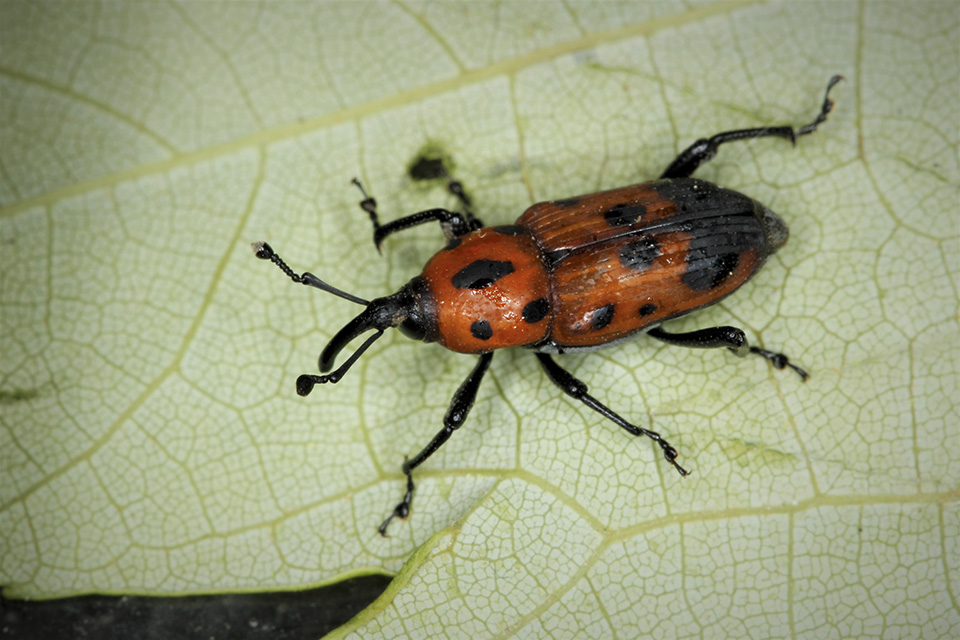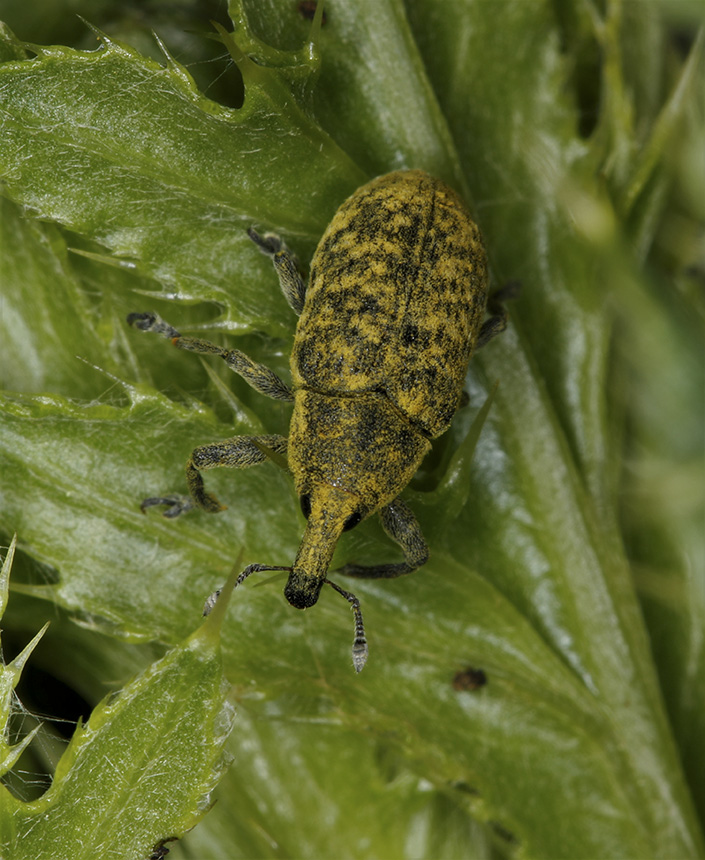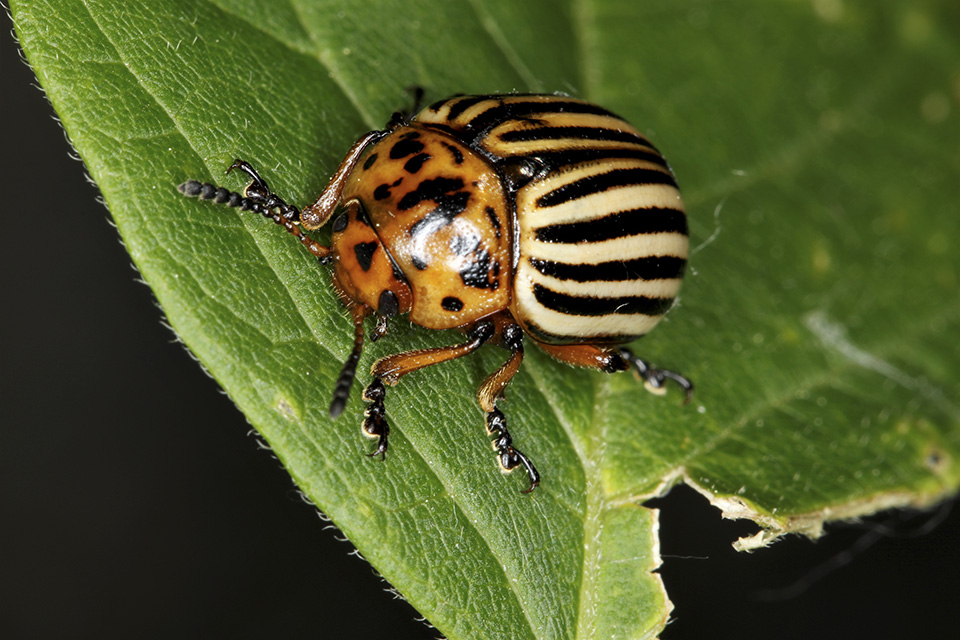Band-winged crane fly (Epiphragma fasciapenne) is a common, easily identified, moderate-sized crane fly. It occurs in the eastern United States and adjacent Canadian provinces east of the Great Plains. Eastern Minnesota is at the western edge of its range. It is found in floodplain woodlands and wooded areas adjacent to swamps.
Like all crane flies, the body is long and slim, the wings are long and narrow, and the legs are very long, very thin, and very fragile. The thorax has a distinct, V-shaped groove on top. The lower jaws each have a very long, antenna-like extension.
Band-winged crane fly is distinguished by the distinctive wing pattern with four bands of bordered brown spots, and by a dark brown band at the very tip of the third leg segment.
http://www.minnesotaseasons.com/Insects/band-winged_crane_fly.html



